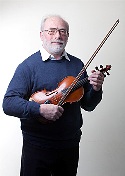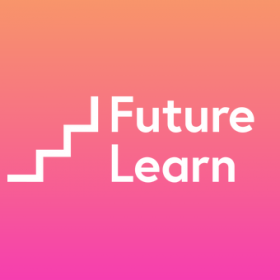Wednesday June 25th2014. The Science Group visited the Hack Green Secret Nuclear bunker followed by lunch at Bridgemere Garden Centre and some time to have a wander
around there.
The general opinion was that the visit was very successful, with many people being quite surprised, and even a little shocked, by the degree of preparedness (or lack of) in the event of a “four-minute warning” being given.
Many thanks to Barry Carr for organising the visit and ensuring a smooth trip.
The bunker was built to be the administrative H.Q. for the North West, in case of a nuclear attack in the cold war era. All the facilities to govern this area were based there. They remain as they were, ready for use.
This chilling reminder of that time now looks somewhat dated yet is a fascinating piece of history.
You can see what might have happened if the bomb had been dropped.
There are many public information films that were never released, explaining what we should do – rather reminds me of that cartoon ‘When the wind blows’.



